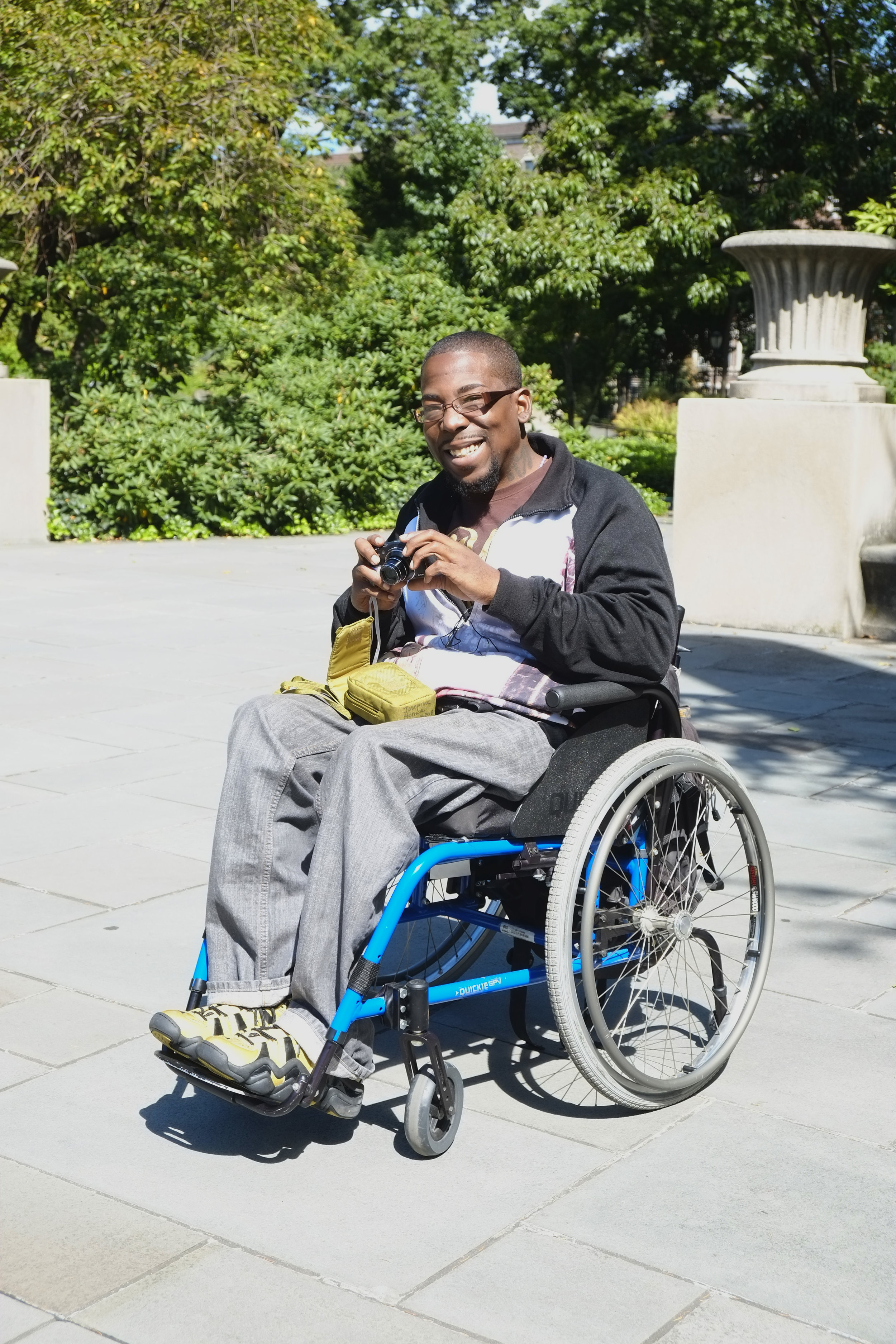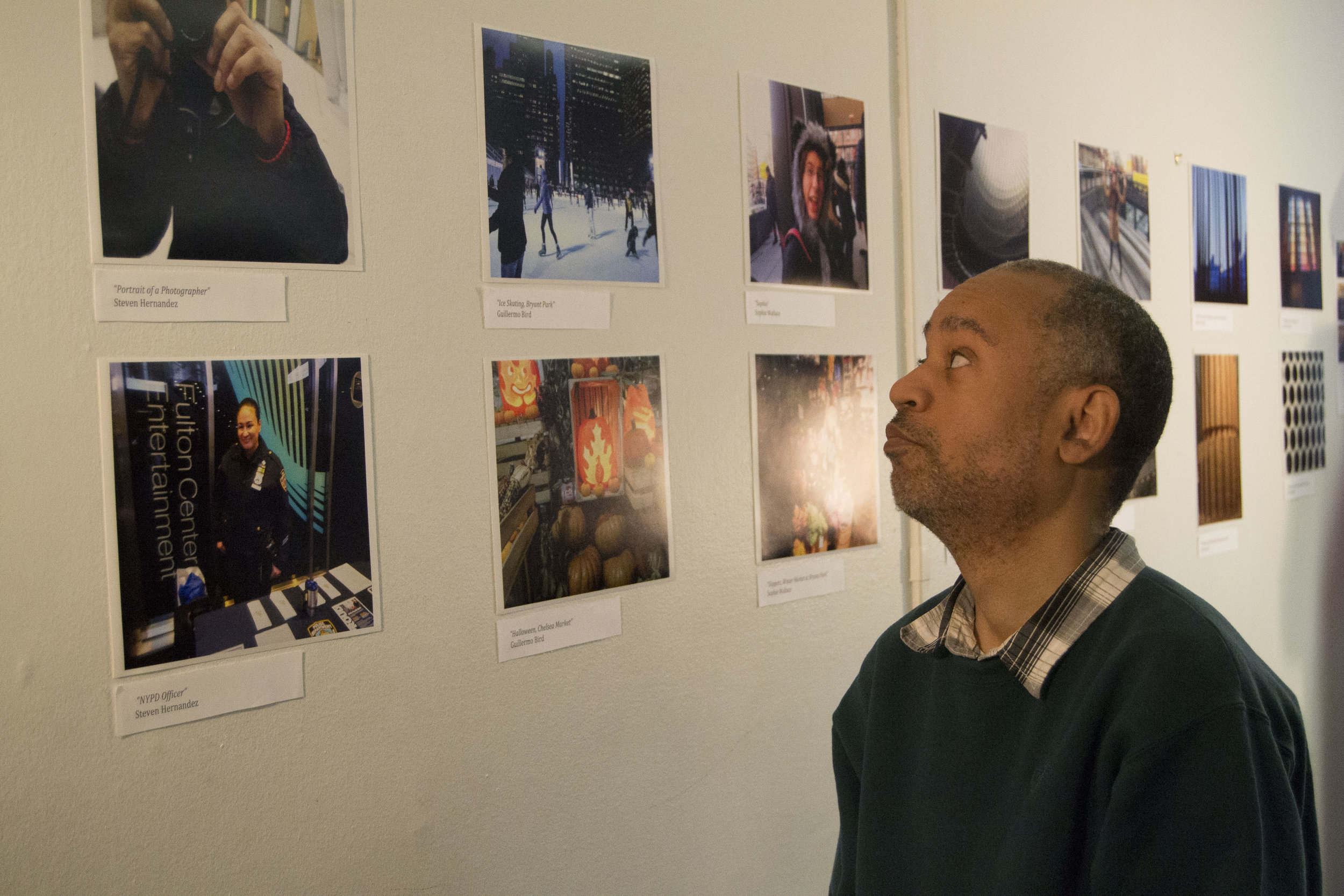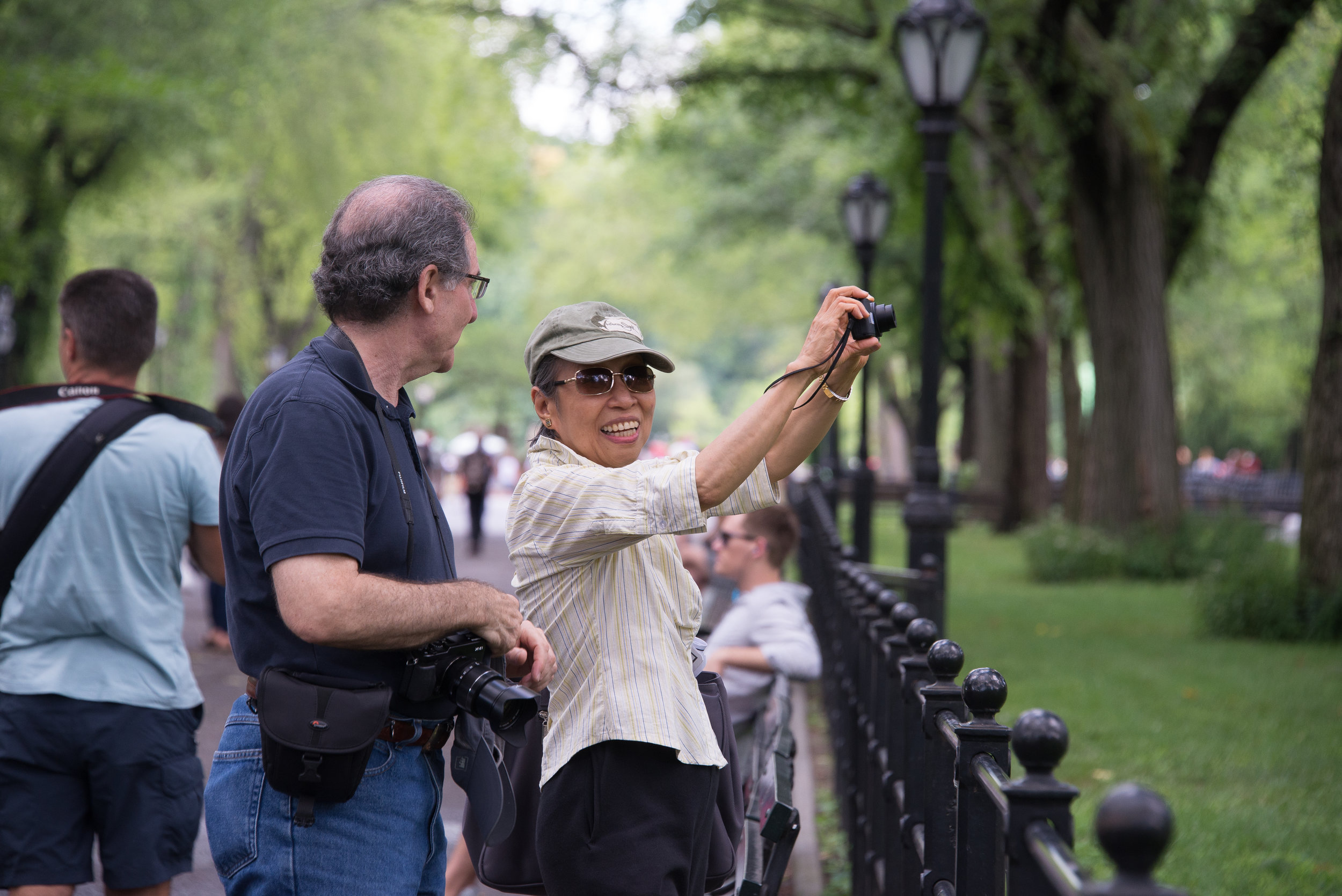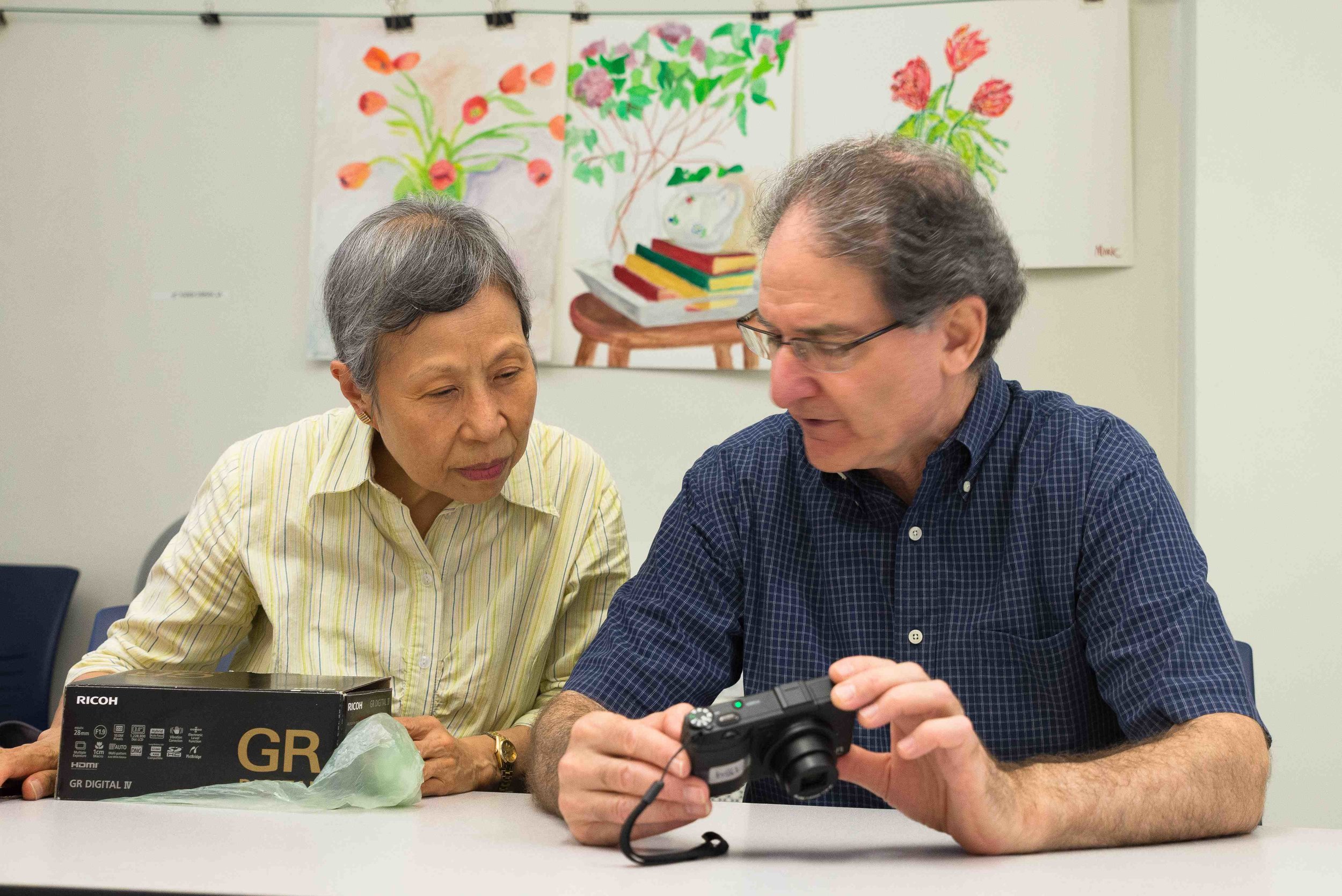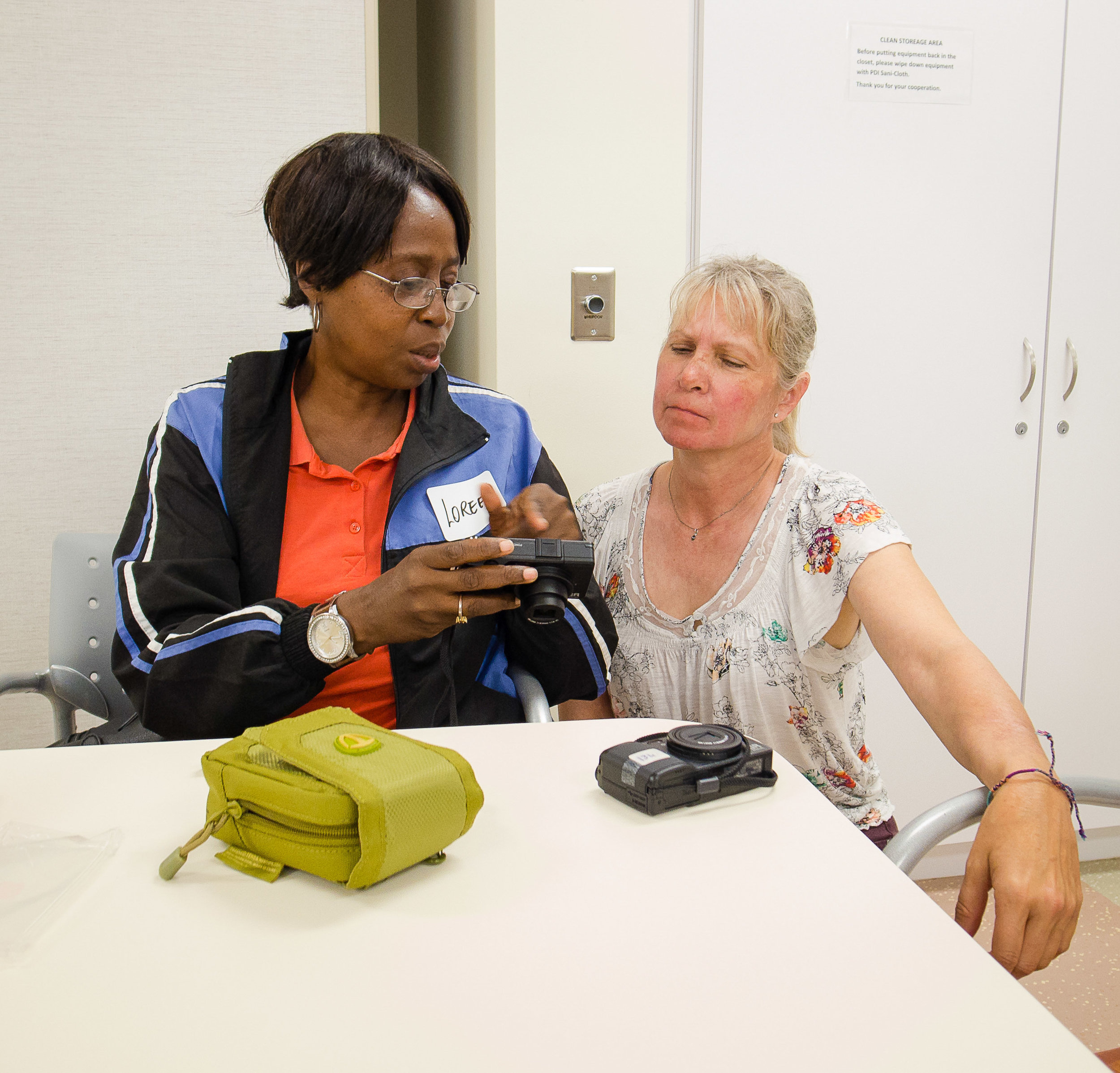WHAT WE DO
WHAT WE DO
Making photographs transforms people’s lives. For eight decades, the Josephine Herrick Project (JHP) has done just that. We teach photography to and exhibit work by people from a broad range of under-resourced communities. Our program participants include children in culturally diverse and low-income neighborhoods; immigrant and refugee teens; youth and adults with cognitive, emotional, or physical disabilities; military veterans; vulnerable seniors; and people of all ages living in public housing. We show their photography in public spaces and places, including cafes, libraries, galleries, streets, and parks—both in the communities where they live, study, or work and outside their neighborhoods, where they may draw larger, more diverse audiences to their work.
VALUES
Voice, Skills, Inclusivity—these values remain at the heart of all we do.
VISION
We envision a vibrant, creative society in which all people can establish their own voice through images.
MISSION
We amplify underrepresented voices through photography, giving people the tools to see differently, communicate across cultures, and advocate for themselves and their communities.
TEACHING MODEL
We approach photography as an opportunity for experiential learning. From day one, our program participants have cameras in their hands and regularly collaborate to create and review their images. In looking at and discussing work in the classroom, we use a visual thinking strategy so that participants learn how to analyze and talk about images, building their visual literacy and vocabulary while making personal connections to photographs. We ask our teaching artists to direct learning through the use of critical questions, rather than answers.
While we teach technical skills in composition and exposure, we also see photography as a vehicle for other hard and soft skills. Specifically, we aim to cultivate visual literacy, creativity, critical thinking, self-advocacy, and community engagement. We see all of these abilities as critical to arts education.
Our classes always involve culture-building activities to promote relationships, photo critiques to develop visual literacy, and photo walks to spark creativity and engagement.
Our teaching artists are all trained in our experiential pedagogy and balance teacher modeling with class discussion and participant-led learning. And we design each program to meet the needs of the specific population it serves through partnership with organizations operating within each community.

